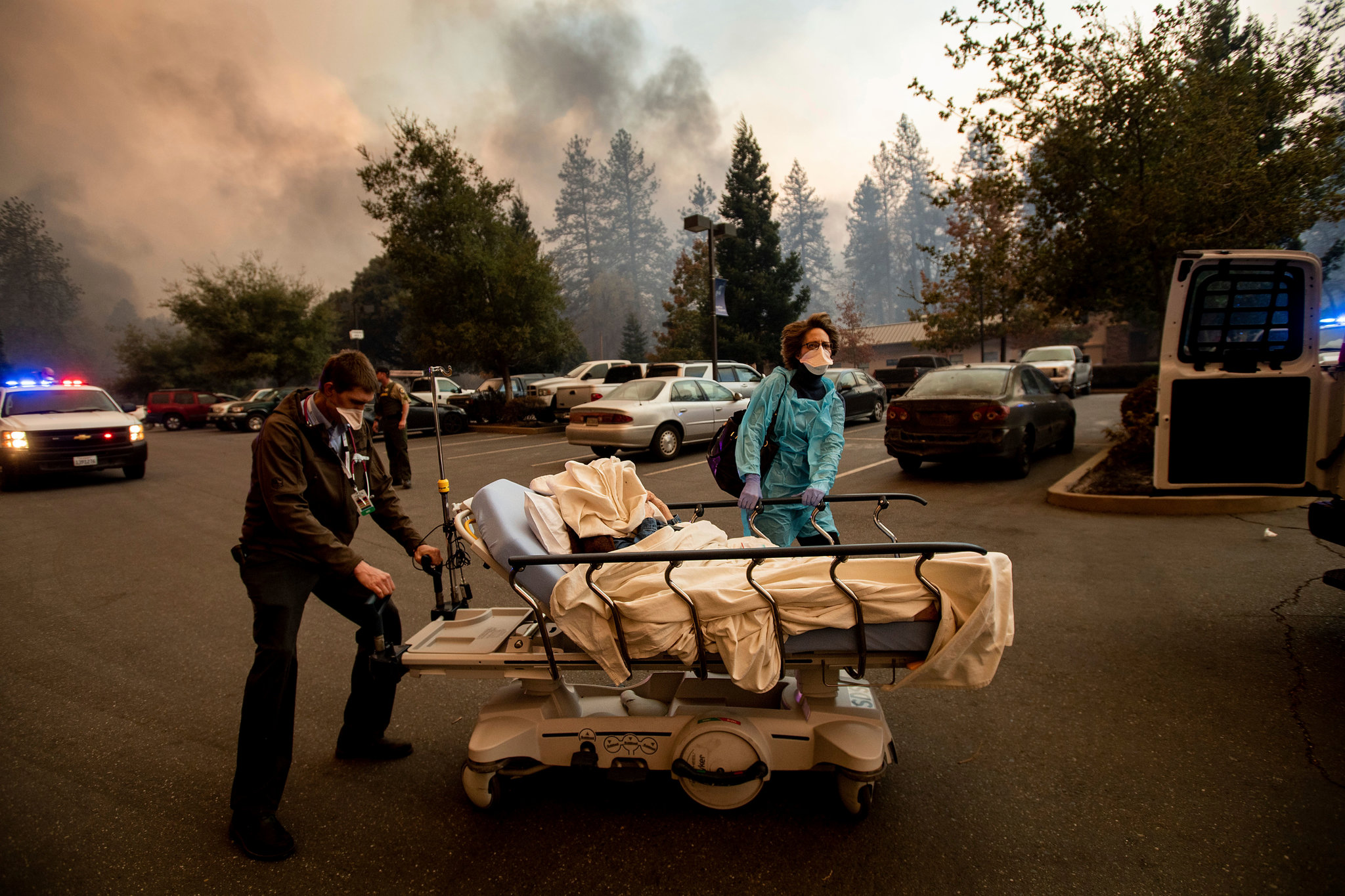Correct Order of Evacuation for Hospitals
Failure to set, train, and follow an evacuation sequence order can result in extended evacuation times and loss of life. Whether your facility is large enough to have a dedicated Emergency Management team or emergency planning falls under Operations, one of the top action items is to develop a sound evacuation plan.
This begs the question, in case of emergency, who do you evacuate first from a hospital? We evaluated publicly available evacuation documentation from several facilities and Emergency Management University programs and have compiled these guidelines.
Immediate Danger
In almost all cases, the top priority for evacuation is moving those who are in immediate danger. In case of fire, chemical spill, or other localized danger, identifying those at highest risk is easy because it is based on proximity. Be sure to consider evacuating both ambulatory and non-ambulatory patients from a given area, without the use of elevators.
If you are in a multi-floor facility, evacuate those on the compromised floor, and then those above that area before evacuating below to the main floor to ensure no evacuation.
Timing & Resources
If the threat is not centralized and impacting the entire facility, the question becomes evaluating your time and resource level.
If you are short on either of those, staff may be tempted to focus their efforts on critical or non-ambulatory patients first, but best procedures recommend you plan for a swift evacuation of your ambulatory population first to maximize the lives saved.
Identify a trained guide to keep the flow of evacuees moving along a designated path to either a safe location within the facility or outside and stop anyone from re-entering. Examples may be structural concerns after an earthquake or a rapidly approaching wildfire.
If there is time and the resources to safely evacuate everyone, focus your efforts on critical patients first and then follow up with ambulatory patients. Disclaimer on this strategy is if your facility has a high concentration of non-ambulatory or critical patients (I.e., more than 30% on ventilators), plans developed for standard patient makeups may not make sense.
Non-Ambulatory
No matter when your evacuation plan calls for the extrication of non-ambulatory patients, you need to ensure you are fully prepared to move even the most critical care patients without the use of elevators or requiring staff or first responders to repeatedly re-enter a dangerous facility.
Equipment like Med Sled®, Evacuation Chairs, and NICU Evacuation Basket & Rack Systems are all components of a well-equipped evacuation plan because they require the smallest number of care givers to safely move patients and their life-supporting equipment to a safe location. With top notch equipment, you can reduce the time and resources needed to fully evacuate saving lives.
Major Takeaway
The best evacuation plan and the proper evacuation sequence at a hospital will be as unique as the facility’s design and patient makeup and will have several if/then statements fully planned. Be sure to consider both real-life past examples (Northridge Earthquake, Hurricane Katrina, Texas Deep Freeze) as well as evaluate worst case scenarios to follow an outcome-focused readiness mindset.
Great Resources
With these guidelines you can develop and train to a plan that makes sense for your facility. No matter what, your plan should be consistent with federal NIMS and The Joint Commission requirements.
- FEMA’s Guide to an Evacuation Diagram
- Prophecy Fire Safety Guide
- AHRQ Hospital Evacuation Decision Guide
Training
The best laid plan will still fail if proper training is not offered to your staff. Set regular drills and training sessions to make sure that during an emergency your staff knows exactly what to do or who to come to for further guidance.

Source: New York Times.

